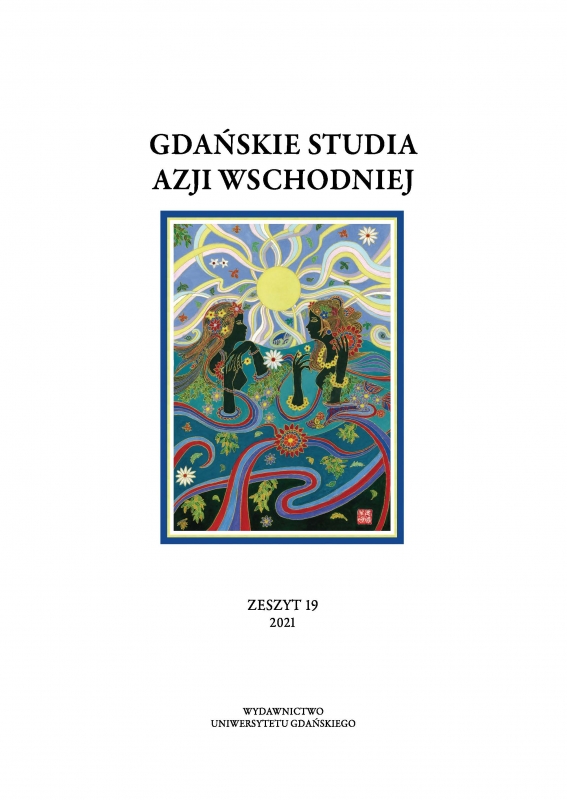Chūya Nakahara jako twórca japońskiego sonetu: perspektywy przekładu
Chūya Nakahara as the author of Japanese sonnet: Translation perspectives
Author(s): Krzysztof OlszewskiSubject(s): Language and Literature Studies
Published by: Wydawnictwo Uniwersytetu Jagiellońskiego
Summary/Abstract: This article offers a reflection – against the historical and literary background of the epoch – on Chūya Nakahara’s work (1907–1937), who was the precursor of the Japanese syllabicaccentual verse (particular of the sonnet). Comparative analysis of his poem Mata kon haru (Spring comes again) and its Polish translation (included in the only Polish anthology of contemporary Japanese poetry entitled Cherries bloomed in winter) aims at shedding light on how difficult was the adaptation of the sonnet to the Japanese language.The OJAD (Online Japanese Accent Dictionary) service seems to offer a new promise for the research practice, proving that the intonation cadence may be treated similarly as feet in the poetry written in European languages.
Journal: Gdańskie Studia Azji Wschodniej
- Issue Year: 2021
- Issue No: 19
- Page Range: 196-208
- Page Count: 13
- Language: Polish

